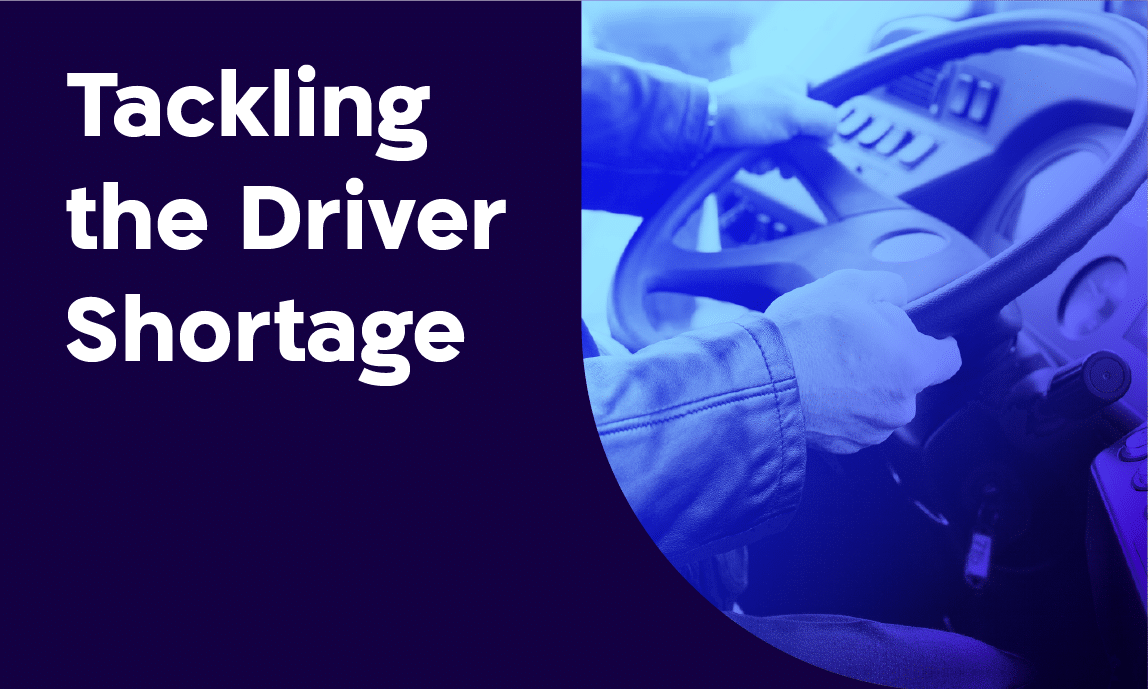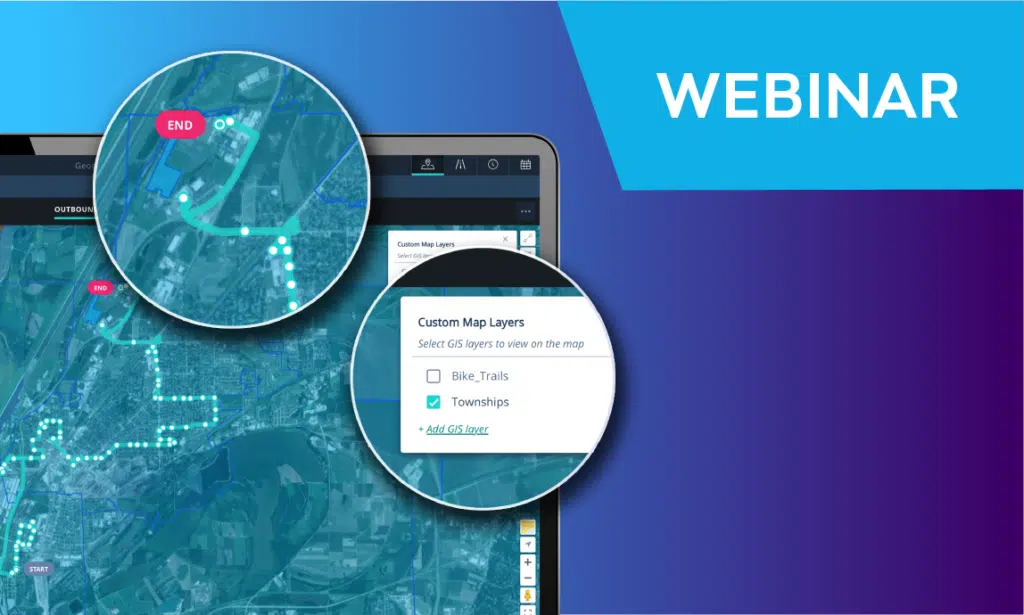Which market is larger than the taxi, ride-hailing, and shared-ride markets, combined? The answer is clearly visible on the streets of any city in the world: the mass transit market. Every city on the globe runs a multi-million to multi-billion bus service. Leon Daniels, who recently joined Optibus as an investor and advisor, was in charge of “surface” operations at Transport for London, which has an annual budget of £12.6 billion (~$16.5 billion).
Yet investment dollars are ignoring this market, leaving it in the hands of legacy technology players (notwithstanding the fact that the market is served by traditional industrial and automotive players such as bus manufacturers, ticketing systems etc., but that is a different story). The future of cities is entwined with mass transit – and that’s why investment dollars and technology innovation should go there. We expect cities and governments to invest millions in subways and BRT lanes and to plan cities and neighborhoods that will give mass transit the stage it needs to succeed.
While there are many enabling technologies and large amounts of investment funds going into enabling ride hailing, shared rides, autonomous vehicles and ancillary technologies, very little technology innovation is directed at making mass transit better. This isn’t about better Wi-Fi on buses – it’s about making mass transit infrastructure the superior solution it should be, by making it more cost effective and ensuring it provides better service.
Mass transit operations (simply put, where buses, passengers and drivers should go each and every minute of the day) are managed with decades-old software, manual practices, and very little (if any) software “brains” to plan, optimize, analyze, and run the operation. Yes, a £12.6 billion mass transit budget, which is at the core of one of the more important cities globally, is managed by pen and paper and spreadsheets.
Sub-optimal management of mass transit makes mass transit costlier to operate, driver schedules difficult to manage (leading to a real shortage in drivers), and reduces on-time performance and service reliability, which can and does lead to lower ridership.
This happens with a backdrop of rapid disruption in other parts of the mobility market. As a result mass transit providers are keen to modernize, but they don’t have a technology backbone to ensure optimal operations. Cities want to provide better service; they don’t want cities to be congested by one-rider vehicles, and this is what happens when mass transit fails to deliver.
The core technology for mass transit operations is an ability to better manage operations – with better planning and scheduling. This is no simple feat, since the many rules and constraints involved with public transit (driver needs, depots, electric vehicle charging, you name it) make scheduling and planning a problem that’s difficult to solve, even with a small farm of on premise servers. Yet, most technology available to operators is nineties-era software which takes days to run scenarios, adversely impacting the agility and even plain operations of mass transit providers. Mass transit scheduling in a NP-Hard problem, and as such, solving it with compute resources isn’t simple (here is an example of the complexity of the problem). One of the core innovations that is yet to reach mass transit is the use of cloud resources (not to speak of the benefits they bring: distributed computing, server-less etc.) – it provides quicker compute results and allows sharing and collaboration in mass transit companies, where people used to store core schedules on their PC.
Optibus provides a SaaS platform serving the trillion dollar mass transportation industry. It is the core engine for mass transportation operations: plan, optimize and operate all critical elements, leveraging advanced optimization algorithms and AI. The platform significantly improves efficiencies, operations and service quality; reduces costs by up to 15%.
We hope more companies join us in innovating in the mass transit space.
(First posted on Jefferies Mobility Technology – Weekly Newsletter September 23, 2018)
Read our latest articles:
Relief Vehicle Scheduling
Multi route planning
Bus rapid transit systems planning
Electric vehicle optimization



